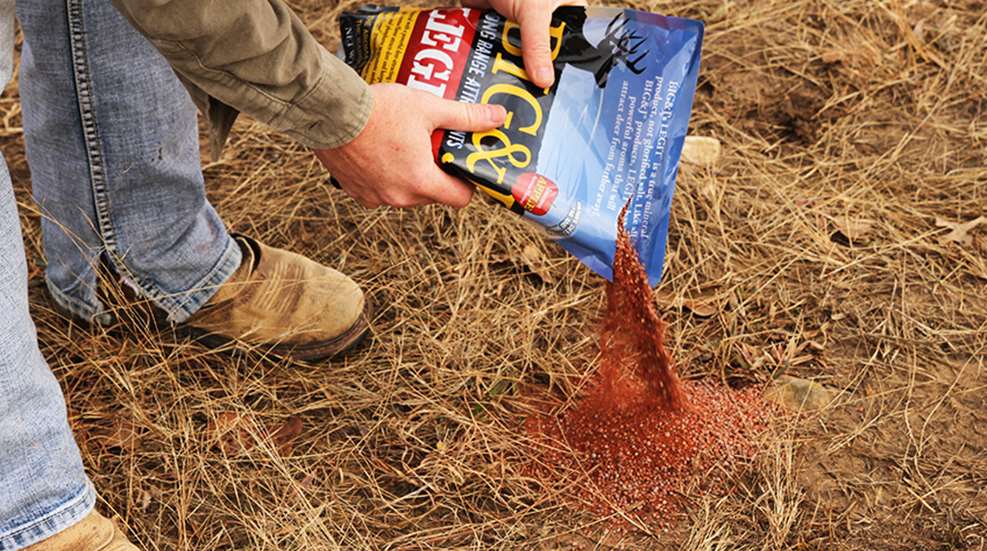
Deer need three main things to grow giant racks: Genetics, age and nutrition. Assuming the first two requirements are met, many hunters and deer managers believe they can enhance antler growth by supplementing a deer’s diet with minerals. After all, since a buck’s antlers are made largely of calcium, it’s only logical that calcium would help them grow, right? Well, maybe.
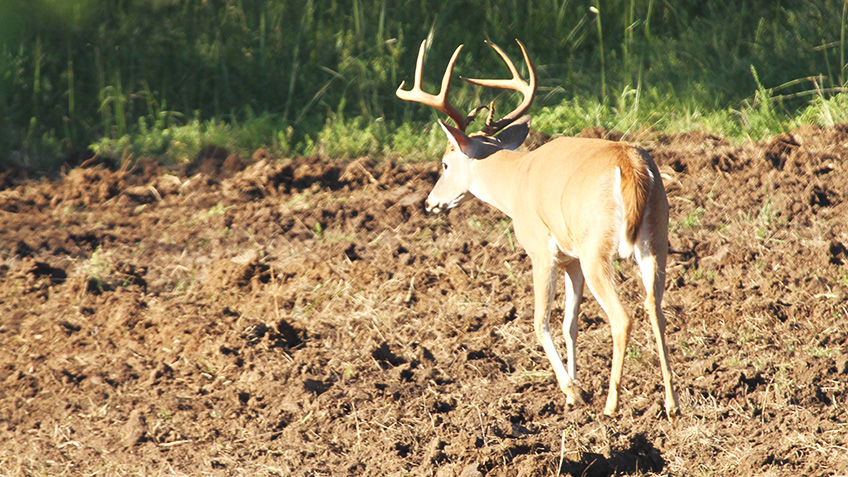
If you’ve got healthy whitetails on the property you hunt, then your property’s also got minerals—minerals in the water the deer drink, in the forbs they eat—indeed in the very dirt from which the trees grow. Most places in the country that have ample deer also have ample minerals, otherwise they wouldn’t have many deer. Therefore, simply tossing some minerals on the ground isn’t going to magically make bucks grow big antlers or bring them running, because if the deer aren’t mineral deficient, they may not even eat them. Nonetheless, wildlife biologists say that minerals such as calcium, phosphorus and salt may enhance antler growth in bucks, so most think building a few mineral licks on your property couldn’t hurt. The good news: It’s cheap and easy. Here’s what you should know.
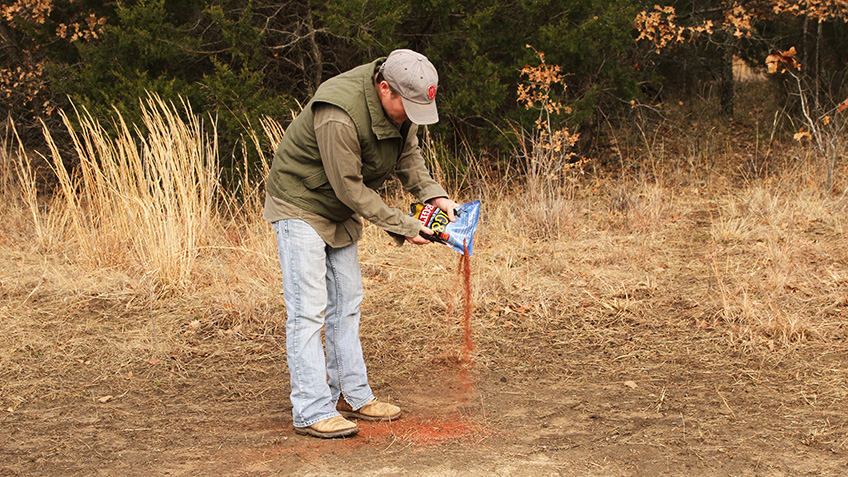
Although no studies have been 100 percent conclusive for white-tailed deer, most biologists opine that minerals—in moderate levels—help animals in almost every way throughout their life cycles. That’s why ranchers put out mineral blocks for their livestock. But deer and other wild-game animals get their necessary minerals by instinct, from the earth. If their bodies are deficient, say, in phosphorus, they seek it out via food sources that offer it. This happens especially in spring and summer during growth periods when mineral-rich forbs are abundant. (In fall and winter, a deer’s highest priority is on proteins.) But, if deer are slightly deficient in a certain mineral, they will instinctively seek it out and ingest it if it’s available, and biologists agree that after a buck’s primary nutrition/survival needs are met, additional minerals can be used to grow antlers. This is where you come in.
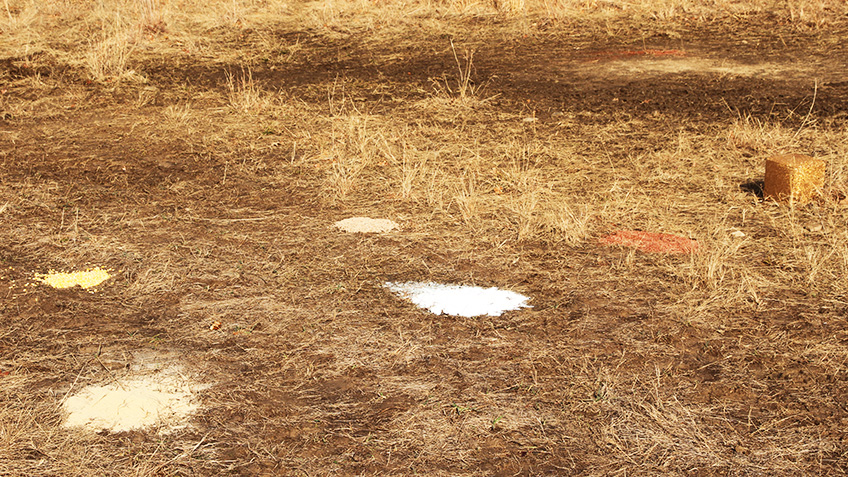
Of course, it’s easiest to buy ready-made whitetail mineral blocks like those from Big and J’s, Trophy Rock or others for around $10 (for a 10-pound block), but it’s slightly cheaper (and slightly more time consuming) to buy bulk minerals from feed stores and put them out there yourself. Tractor Supply Co. and feed stores like it usually offer a 50-pound bag of minerals that contain around 28 percent salt, 15 percent calcium, 4 percent phosphorus and about a dozen other beneficial minerals in trace amounts. The bag costs around $18 and will make four or five licks, depending on the size of the lick, of course. Strongly consider buying a bag of rice bran or other attractant like apple extract that may entice deer to eat the minerals. Rice bran is around $10 for a 40-pound bag.
Next, choose a central location near cover and dig a shallow, 6-inch deep hole a few feet in diameter. Pour in the mineral and the rice bran at a ratio of 2:1. Finally, use the shovel to mix the minerals and bran. That’s it—you’re done with the lick. Install several as your time and checkbook allow.
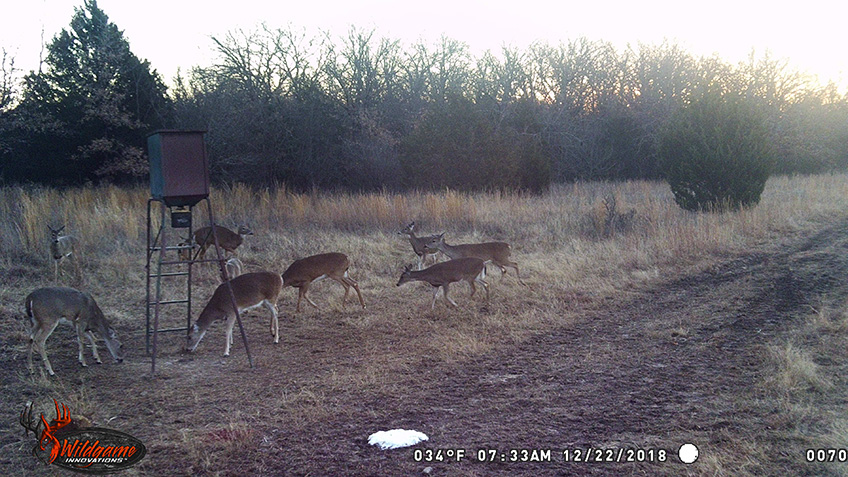
Finally, place a trail cam near the lick to see if deer are using it at all. If they aren’t, try another location, but chances are, you’re property already has ample minerals and food so that the deer don’t need it. It’s also possible, however, that they don’t need it this year, but they will the next. If you find they’re using it, refresh it every six months or so as necessary. It might not help one iota for growing a Booner buck, but then again, it might. For just $40 and a little time, I’ll take the odds that it will.




































